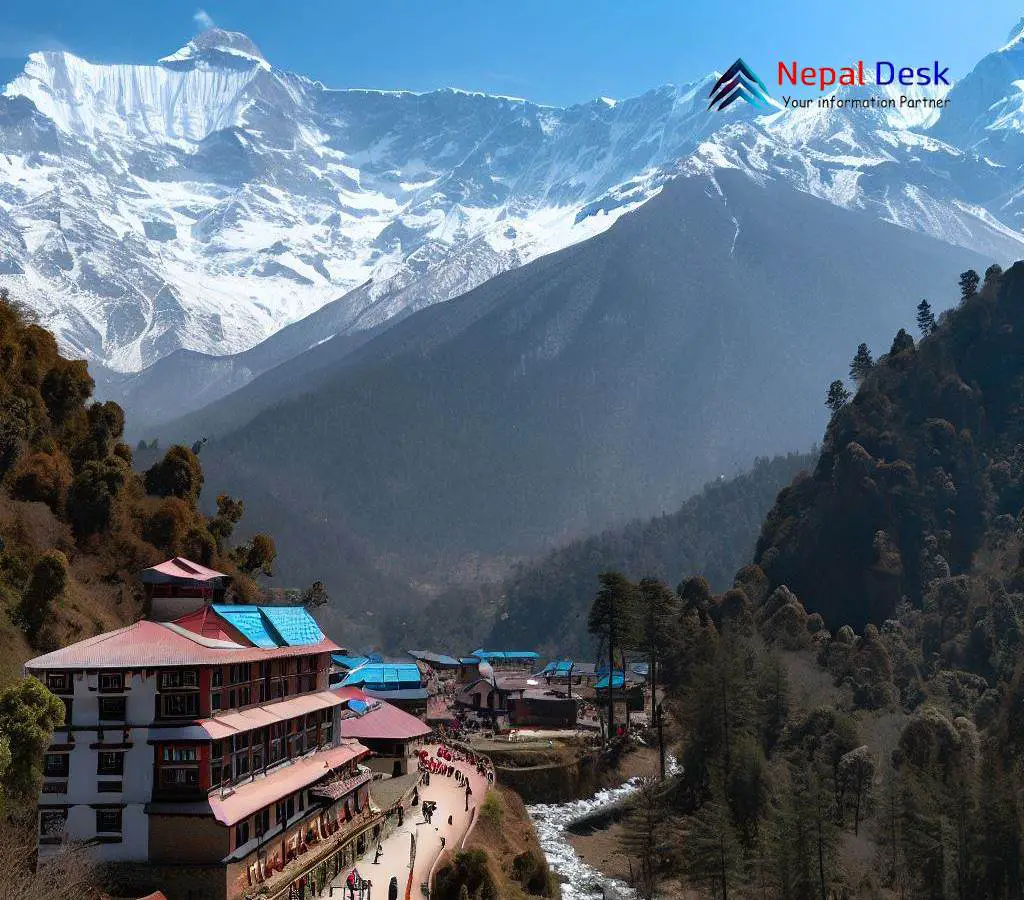Revival Himalayas: Mountaineers Boost Nepal's Tourism Recovery
Published Date

Published Date
Revival of Nepal's tourism sector sees mountaineers return. Over 870 climbers have sought permits this year, boosting local economy and hospitality.
⏱ 2 min read
In an incredible revival of Nepal's tourism sector, intrepid mountaineers and trekkers are paving the way as they flock back to experience the awe-inspiring beauty of the Himalayan peaks. Since the year commenced, over 870 international mountain climbers have sought permits to conquer more than 20 towering Himalayan summits, including the legendary Mt. Everest. Out of these, 300 permits were granted specifically for Mt. Everest, attracting a majority of adventurers from the United States and Europe.
This renewed enthusiasm for mountaineering and trekking has triggered a sharp rise in occupancy rates at hotels and guest houses throughout the eastern Solukhumbu District, a favored launchpad for numerous thrill-seekers starting their Himalayan journeys. Local hubs are bustling with life as climbers and trekkers conclude their final preparations, filling the atmosphere with eagerness and exhilaration.
Ashok Pokharel, Chairman of the Nepal Association of Tour Operators (NATO), attributes this resurgence to a natural rebound in hospitality following the pandemic's decline. He emphasizes the importance of designing a comprehensive strategy by the government and other stakeholders to revive and maintain Nepal's entire tourism and hospitality sector.
This reinvigoration extends beyond adventure aficionados. The ripple effects positively influence Nepal's economy, employment opportunities, and foreign income. Approximately 20% of Nepal's workforce relies on its tourism industry, which in turn contributes to nearly 3% of its GDP. The inflow of tourists, particularly climbers, and trekkers, boosts earnings and re-energizes local enterprises ranging from accommodation facilities to dining establishments and tour operators.
Even though tourist arrivals have yet to match pre-pandemic levels, Nepal's tourism sector is steadily bouncing back. The return of mountain climbers and trekkers stands as a beacon of hope – reflecting regained trust in experiencing Nepal's picturesque vistas and conquering its towering peaks.
As tourists from various nations arrive, the government and stakeholders strive to bolster tourism capacity and position Nepal as a captivating destination. Initiatives are in progress to re-establish and fortify connections with key origin markets, such as India, the United States, the United Kingdom, Germany, France, and ultimately China – a significant contributor to Nepal's tourism prior to the pandemic.
Despite this positive trajectory, the tourism sector still confronts challenges. The industry grapples with workforce shortages as numerous employees sought other opportunities during the pandemic. Gradual recovery efforts are in motion to restore tourism workforce levels. Furthermore, concerns linger over a potential resurgence of pandemic-related restrictions and broader global events like the ongoing Russia-Ukraine conflict, which could impact travel costs and cause disruptions to flight routes.
As mountain tourism flourishes anew in Nepal, explorers from across the globe reignite their passion for discovery and succumb to the magnetic pull of the majestic Himalayas. The return of mountaineers and trekkers marks not just a revival in Nepal's tourism industry but also showcases both resilience and an indomitable spirit of adventure that perpetually lures travelers to this magical destination.
